We have briefly discussed the Turing Test approach in one of our previous posts. It gave an understanding of the Four Main Approaches to Artificial Intelligence.
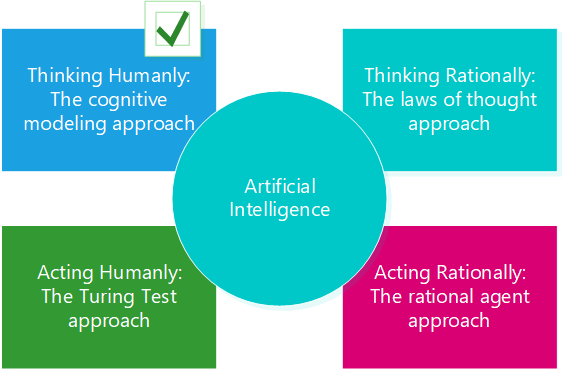
Also, we have gone through in detail “Thinking Humanly: The cognitive modeling approach” and saw how to make an AI model think like a human.
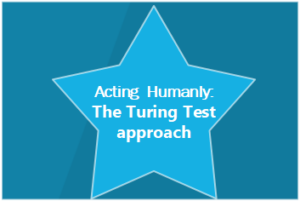
The first thing that comes to our mind when building a robot is whether it can act like a human.
In 1950, Alan Turing’s famous paper “Computing Machinery and Intelligence” suggested that instead of asking if machines can think, we should ask if machines can pass a behavioral intelligent test.
Later, the computer scientist Edsger Dijkstra also acknowledged the same:
“The question of whether machines can think is about as relevant as the question of whether Submarines Can Swim.”
We will agree Submarines cannot swim, but they can navigate through water with diving planes or hydroplanes and carrying modern machines inside them.
The Turing test was designed by Alan Turing to determine whether a computer can demonstrate human intelligence. Turing proposed that an interrogator physically separated from a machine (via online messages) have a conversation with it. If the interrogator couldn’t find that it is a machine that chats with him, then the computer passes the test. The computer fools the interrogator about 30% of the time.
Computer programs like ELIZA, MGONZ, NATACHATA, and CYBERLOVER have fooled many users in the past, and the users never knew that they were talking to a computer program.
Recently Google AI Assistant has gone one step ahead using the Artificial Intelligence Assistant program where the AI Assistant had a conversation with a salon person through phone and booked a haircut reservation for his client.
Google AI Assistant is developed on an advanced and high-end computational model program that can be used to have a phone conversation like a real human.
If you are interested in competing in the Turing test, be sure to check the Loebner Prize competition which is a Turing test like competition that happens every year in Boston.
Did you know?
Kuki Chatbot is a five-time winner of a Turing Test competition. It is available to chat online, on Facebook Messenger, Twitch group chat, Telegram, etc.
Source conversation: Kuki.ai
To pass Turing Test, the computer requires the following skills:

- Natural Language processing
- Knowledge Representation
- Automated Reasoning
- Machine Learning
In the Total Turing Test, intelligence is checked not only based on verbal behaviors: other behaviors are examined too.
The Total Turing Test is another step ahead of the Turing Test where a video signal is also included so that the interrogator can test the perceptual abilities of the interacting computer in addition to the verbal behaviors. The Total Turing Test requires the following additional skills:
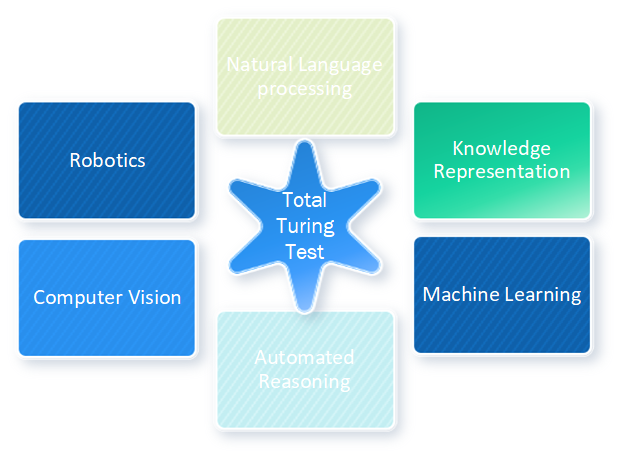
- Computer Vision
- Robotics
Total Turing test covers most of the Artificial Intelligence subjects, however, it is not mandatory to pass Turing Test to design any Artificial Intelligence system.
As of now, we couldn’t make a machine behave like a human, however, it may be possible in a few decades. In the future, machines may think like a human, act like human and it may duplicate human.
Further Reading
Posts on Artificial Intelligence, Deep Learning, Machine Learning, and Design Thinking articles:
Translate 125 Plus Languages Using Google Artificial Intelligence – Part 2
Translate 125 Plus Languages Using Google Artificial Intelligence – Part 1
Thinking Humanly: The cognitive modeling approach – Artificial Intelligence

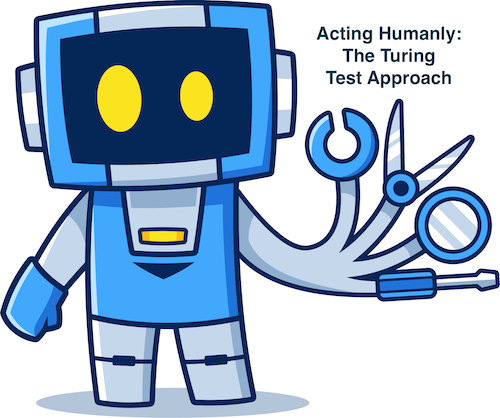
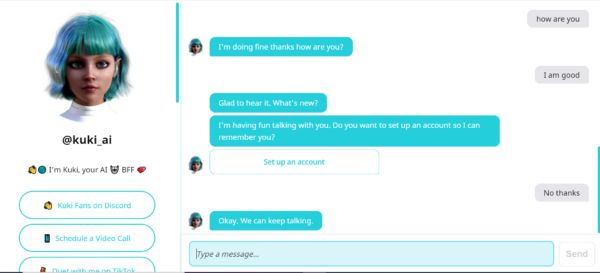

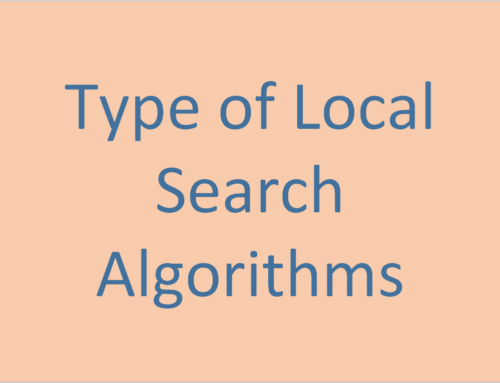
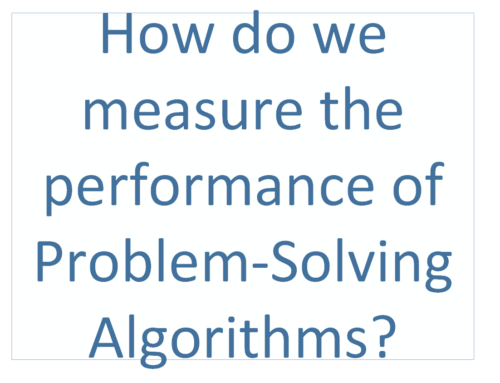
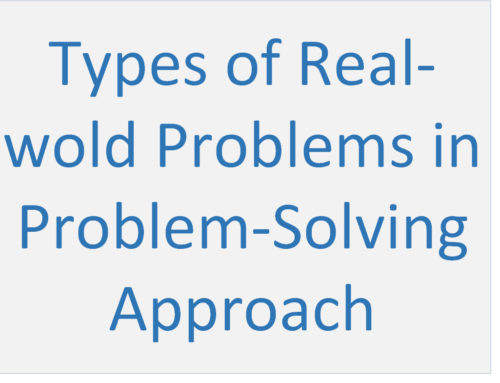
[…] Read the complete article at: gopichandrakesan.com […]